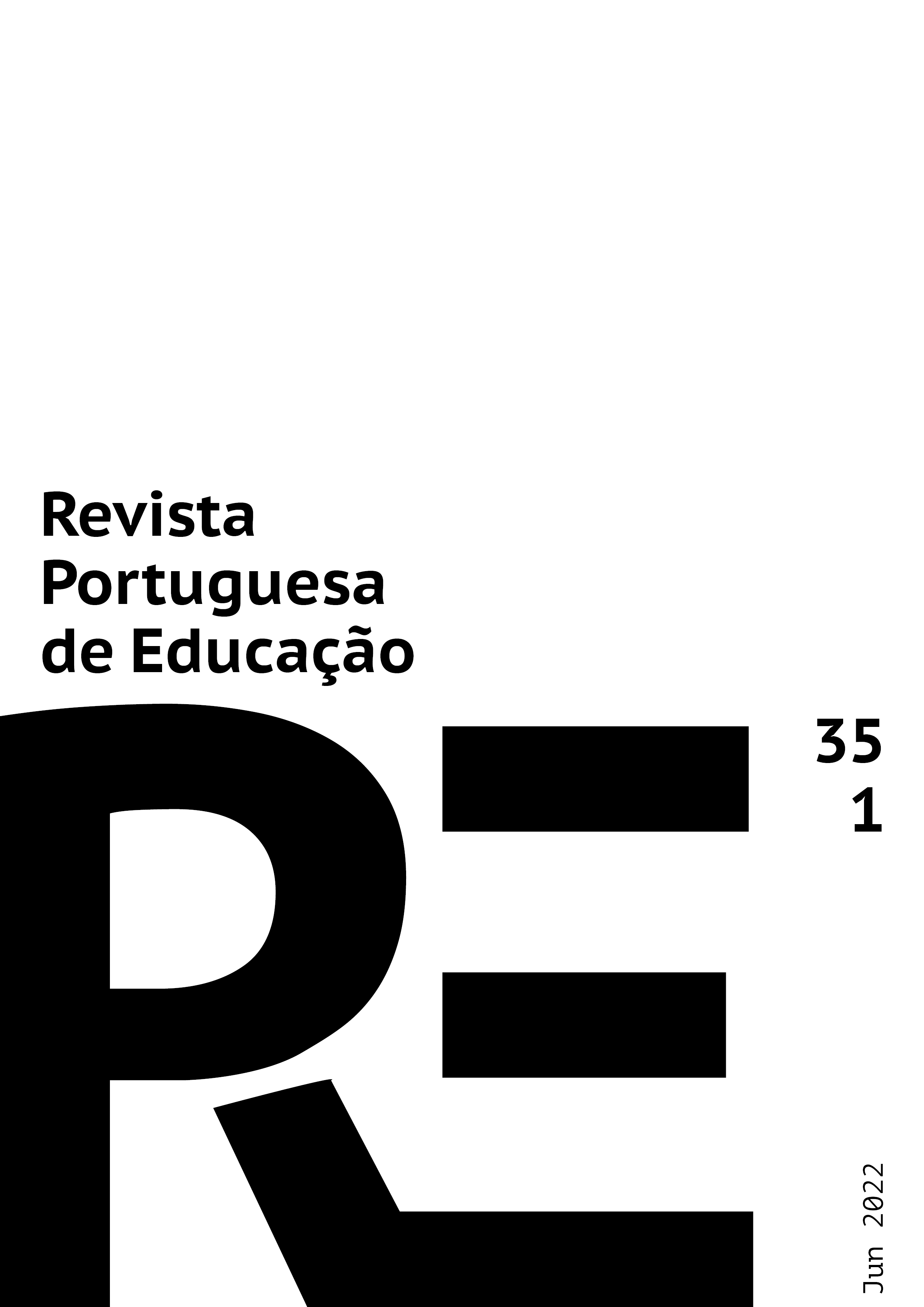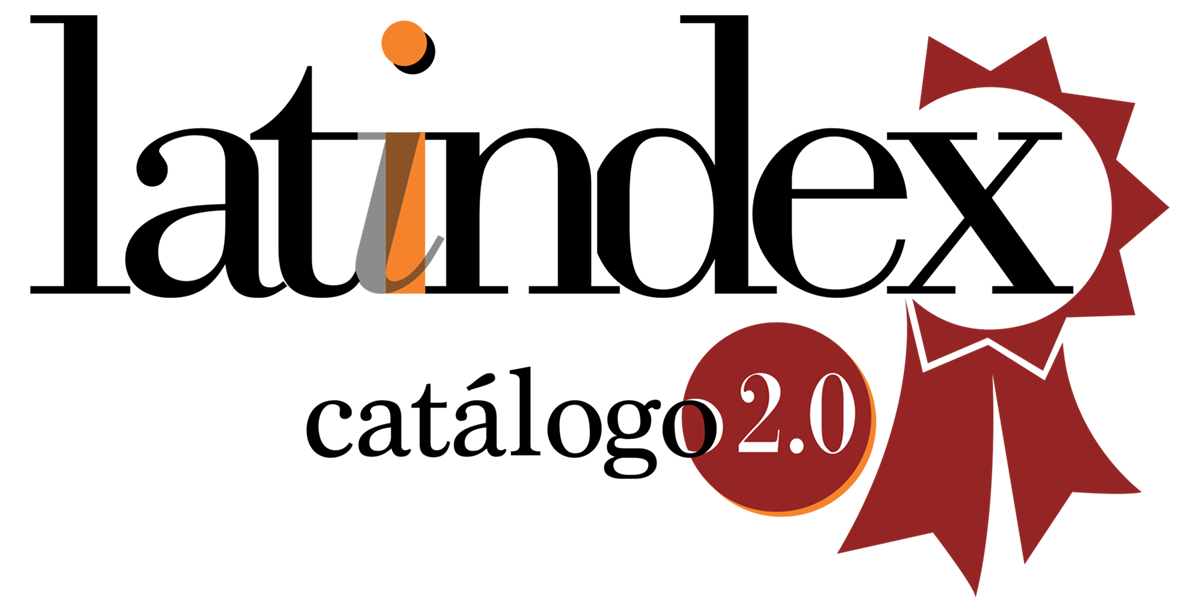Sensory processing and its relationship with school performance
DOI:
https://doi.org/10.21814/rpe.20764Keywords:
Sensory processing, School performance, ChildrenAbstract
The study aims to verify if there is a relationship between sensory processing and school performance. A sample of 47 subjects attending the 2nd year of the 1st Cycle of Basic Education was constituted. The Sensory Processing Measure (SPM)– Home Form and Main Classroom Form, and the Battery of Aptitudes for School Learning (BASL) were applied, relating them to school grades. More issues were observed in “Planning and Ideas” in the classroom context than at home. Results on BASL were higher, compared to the reference values. There is a significant negative correlation, for p < 0.05, between the SPM – Classroom Form “Vision” and the BASL “Quantitative Concepts” (RPearson = -0.301, p = 0.039), meaning that difficulties in “Vision” subscale reflect BASL lower performances. We confirmed that there is a relationship between sensory processing and school performance, verifying that the higher the score in the described SPM dimensions, the lower the grades in the school subjects.
Downloads
References
Aguilar, D., & Esposito, P. (2019). Sensory processing disorder and praxis skills in children with learning disabilities. American Journal of Occupational Therapy, 73(4), 7311505145p1. https://doi.org/10.5014/ajot.2019.73S1-PO5008
Ayres, A. J. (1979). Sensory integration and the child. Western Psychological Services.
Ayres, A. J. (2005). Sensory integration and the child (25th anniversary edition). Western Psychological Services.
Chien, C., Rodger, S., Copley, J., Branjerdporn, G., & Taggart, C. (2016). Sensory processing and its relationship with children´s daily life participation. Physical & Occupational Therapy in Pediatrics, 36(1), 73-87. https://doi.org/10.3109/01942638.2015.1040573
Clark, G. F., Watling, L., Parham, L. D., & Schaaf, R. (2019). Occupational therapy interventions for children and youth with challenges in sensory integration and sensory processing: A school-based practice case example. American Journal of Occupational Therapy, 73(3), 1-8. https://doi.org/10.5014/ajot.2019.733001
Cruz, V. (2008). Bateria de aptidões para a aprendizagem escolar - BAPAE (3.ª ed.). Cegoc-Tea.
Dunn, W. (1999). Caregiver questionnaire – Sensory profile. Pearson.
Fortin, M. (2009). Fundamentos e etapas do processo de investigação. Lusodidacta.
Gourley, L., Wind, C., Henninger, E., & Chinitz, S. (2013). Sensory processing difficulties, behavioral problems, and parental stress in a clinical population of young children. Journal of Child and Family Studies, 22(7), 912-921.
Henderson, A., Pehoski, C., & Murray, E. (2002). Visual-spatial abilities. In A. Bundy, S. Lane, & E. Murray (Eds.), Sensory integration: Theory and practice (2nd ed., pp. 124-137). F. A. Davis Company.
Katz, I. (2007). Students with sensory integration dysfunctions: Issues for school counselors. Journal of School Counseling, 4, 1-22.
Kranowitz, C. (2005). The out-of-sync child: Recognizing and coping with sensory processing disorder. Skylight Press Book.
Leong, H. M., Carter, M., & Stephenson, J. R. (2015). Meta-analysis of research on sensory integration therapy for individuals with developmental and learning disabilities. Journal of Development and Physical Disabilities, 27, 183-206. https://doi.org/10.1007/s10882-014-9408-y
Mártin, M., & Sierra, M. (2002). Habilidades e procesos cognitivos básicos. In J. A. González Pienda & J. C. Núñez-Pérez (Coords.), Dificultades del aprendizage escolar (pp. 91125). Ediciones Pirámide.
Miller-Kuhaneck, H., Henry, D. A., Glennon, T. J., & Mu, K. (2007). Development of the sensory processing measure-school: Initial studies of reliability and validity. American Journal of Occupational Therapy, 61, 170-175.
Ministério da Educação. (2004). Organização curricular e programas: Ensino básico– 1.º ciclo (4.ª ed.). Departamento da Educação Básica.
Monteiro, O. M. B. (2011). Promoção da competência em leitura num aluno com dislexia: A importância da perceção visual [Dissertação de mestrado]. Escola Superior de Saúde de Coimbra.
Oliveira, M. M. G. (2010). Processos cognitivos básicos implicados nas dificuldades de aprendizagem específicas [Dissertação de mestrado]. Universidade Fernando Pessoa.
Pacheco, A. R. (2010). Pensando as dificuldades de aprendizagem a partir de um estudo de caso [Dissertação de mestrado]. Instituto Superior de Psicologia Aplicada.
Parham, D. (2002). Sensory integration and occupation. In A. Bundy, S. Lane, & E. Murray (Eds.), Sensory integration: Theory and practice (2nd ed., pp. 413-432). F. A. Davis Company.
Parham, L. D. (1998). The relationship of sensory integrative development to achievement in elementary students: Four-year longitudinal patterns. The Occupational Therapy Journal of Research, 18(3), 105-127. https://doi.org/10.1177/153944929801800304
Parham, L. D., Clark, G. F., Watling, R., & Schaaf, R. (2019). Occupational therapy interventions for children and youth with challenges in sensory integration and sensory processing: A clinic-based practice case example. American Journal of Occupational Therapy, 73(1), 7301395010. https://doi.org/10.5014/ajot.2019.731002
Parham, L. D., Ecker, C., Miller-Kuhaneck, H., Henry, D., & Glennon, T. (2007). Sensory processing measure (SPM): Manual. Western Psychological Services.
Pfeiffer, B., Clark, G. F., & Arbesman, M. (2018). Effectiveness of cognitive and occupation-based interventions for children with challenges in sensory processing and integration: A systematic review. American Journal of Occupational Therapy, 72(1), 1-9. https://doi.org/10.5014/ajot.2018.028233
Reeves, G., & Cermak, S. (2002). Disorders of praxis. In A. Bundy, S. Lane, & E. Murray (Eds.), Sensory integration: Theory and practice (2nd ed., pp. 71-95). F. A. Davis Company.
Rocha, F. B., & Dounis, A. B. (2013). Perfil sensorial de estudantes da primeira série do ensino fundamental: Análise e comparação com o desempenho escolar. Cadernos de Terapia Ocupacional, 21(2), 373-382. http://dx.doi.org/10.4322/cto.2013.038
Roley, S. S., & Schaaf, R. C. (2006). SI: Appllying clinical reasoning to practice with diverse populations. PsychCorp.
Rosário, A. (2013). Adaptação cultural da Sensory Processing Measures (SPM) – Forma Casa [Projeto elaborado com vista à obtenção do grau de Mestre]. Escola Superior de Saúde do Alcoitão.
Schaaf, R. C., Dumont, R. L., Arbesman, M., & May-Benson, T. A. (2018). Efficacy of occupational therapy using Ayres Sensory Integration®: A systematic review. American Journal of Occupational Therapy, 72(1), 7201190010. https://doi.org/10.5014/ajot.2018.028431
Schaaf, R. C., & Mailloux, Z. (2015). Clinician’s guide for implementing Ayres sensory integration®: Promoting participation for children with autism. American Occupational Therapy Association Press.
Schneck, C. (2010). Visual perception. In J. Case-Smith & J. O’Brien (Eds), Occupational therapy for children (6th ed., pp. 373-403). Mosby Elvesier.
Simões, D. (2013). Contributo para a adaptação cultural e linguística da Sensory Processing Measures (SPM), forma sala de aula [Projeto elaborado com vista à obtenção do grau de Mestre]. Escola Superior de Saúde do Alcoitão.
Tanner, K., Hand, B. N., O’Toole, G., & Lane, A. E. (2015). Effectiveness of interventions to improve social participation, play, leisure, and restricted and repetitive behaviors in people with autism spectrum disorder: A systematic review. American Journal of Occupational Therapy, 69(5), 1-12. https://doi.org/10.5014/ajot.2015.017806
Watling, R., Miller Kuhaneck, H., Parham, L. D., & Schaaf, R. (2018). Occupational therapy practice guidelines for children and youth with challenges in sensory integration and sensory processing. AOTA Press
Young, S., & Furgal, K. (2016). Effectiveness and implication of sensory integration therapy on school performance of children with learning disabilities. International Journal of Neurorehabilitation, 3(1), 1-2.
Downloads
Published
How to Cite
Issue
Section
License
Copyright (c) 2022 Portuguese Journal of Education

This work is licensed under a Creative Commons Attribution-ShareAlike 4.0 International License.
1. The authors preserve their authorship and grant the Portuguese Journal of Education the right to the first publication. The work is licensed under Creative Commons Attribution License that allows sharing the work with the acknowledgment of initial authorship and publication in this Journal.
2. The authors have the right to take additional contracts separately, for non-exclusive distribution of the published version of their work (e.g. to deposit in an institutional repository or as a book chapter), acknowledging the initial authorship and publication in this Journal.
3. The authors have the permission and are stimulated to post their work online (e.g. in an institutional repository or on their personal website). They can do this at any phase of the editorial process, as it may generate productive changes, as well as increase impact and article citation (see The Open Citation Project).
The work is licensed under Attribution-ShareAlike 4.0 International (CC BY-SA 4.0)




















